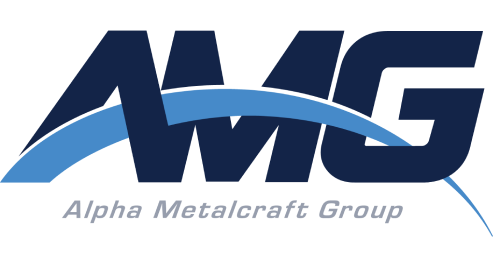Whether it’s employment, manufacturing or building the roster for a sports team, versatility can be a wonderful asset. Materials – or people – that can perform and succeed in various roles are always in demand. Individuals, equipment or even product components don’t need to have the adaptability of a Swiss Army Knife, but it’s always beneficial to execute different roles.
In manufacturing, Kovar’s versatility allows it to be used in everything from light bulbs to large pieces of equipment for the aerospace industry. Alpha Metalcraft Group uses Kovar extensively in its deep drawing metal-forming processes, and the material is used in defense, security, non-destructive testing and x-ray applications.
Kovar – a nickel-iron-cobalt alloy – is coveted due to its low coefficient of thermal expansion (CTE). Most solid materials expand upon heating and contract when cooling. Aluminum, for instance, has a high CTE and experiences significant changes in size when its temperature changes. Plastics have an extremely high CTE, while glass, granite and graphite also expand significantly upon changes in temperature.
Nickel and nickel alloys, such as Kovar, have extremely low CTE rates. While it can be manufactured with machining, AMG produces Kovar via its deep drawing process. The deep drawing process limits material waste and produces complex geometric and highly precise shapes quickly and efficiently.
AMG manufactures heat shields, abrasion strips, and hot engine and ducting components for the aerospace industry. Many of the products include Kovar and those components are placed under significant thermal stress – both hot and cold – where Kovar helps them stand up to temperature vagaries.
Components for the defense industry, such as missile skins and high-voltage tube components, face the same challenges with thermal differences. Products for the medical industry, such as x-ray imagine tubing components, tube housings and assemblies are also manufactured with Kovar. The material is also widely used in the electronics industry.
Another advantage of Kovar is its resistance to corrosion, making it a viable option for parts that require durability and longevity. It is extremely stable and is similar to borosilicate glass (hard glass) or ceramic. It was first patented in 1936 and is trademarked by CRS Holdings Inc. of Delaware.
It was originally made to pair metal with glass, as each material has a vastly different CTE. Consequently, Kovar is frequently found in light bulbs. A light bulb made with a base that has a different CTE from glass would break quickly due to the heat the bulb produces while in use. Kovar solves the problem because the alloy base and bulb contract at the same rate. The same scenario applies to the larger components of aircraft and defense applications.
While it is not a widely known material, Kovar is a critical material for applications big and small. While many products offer versatility, Kovar’s unique properties make it an important material for many manufacturers.

